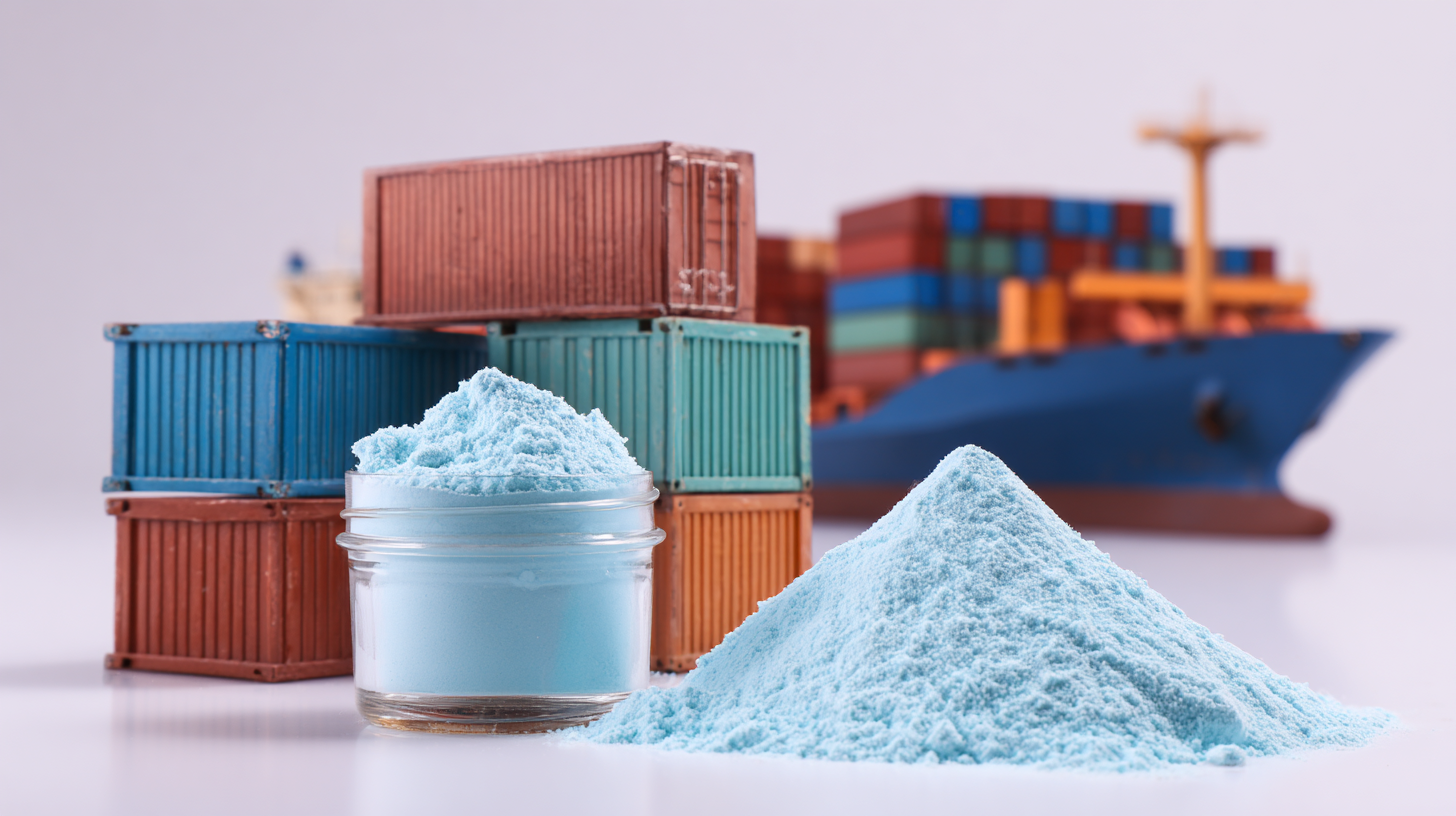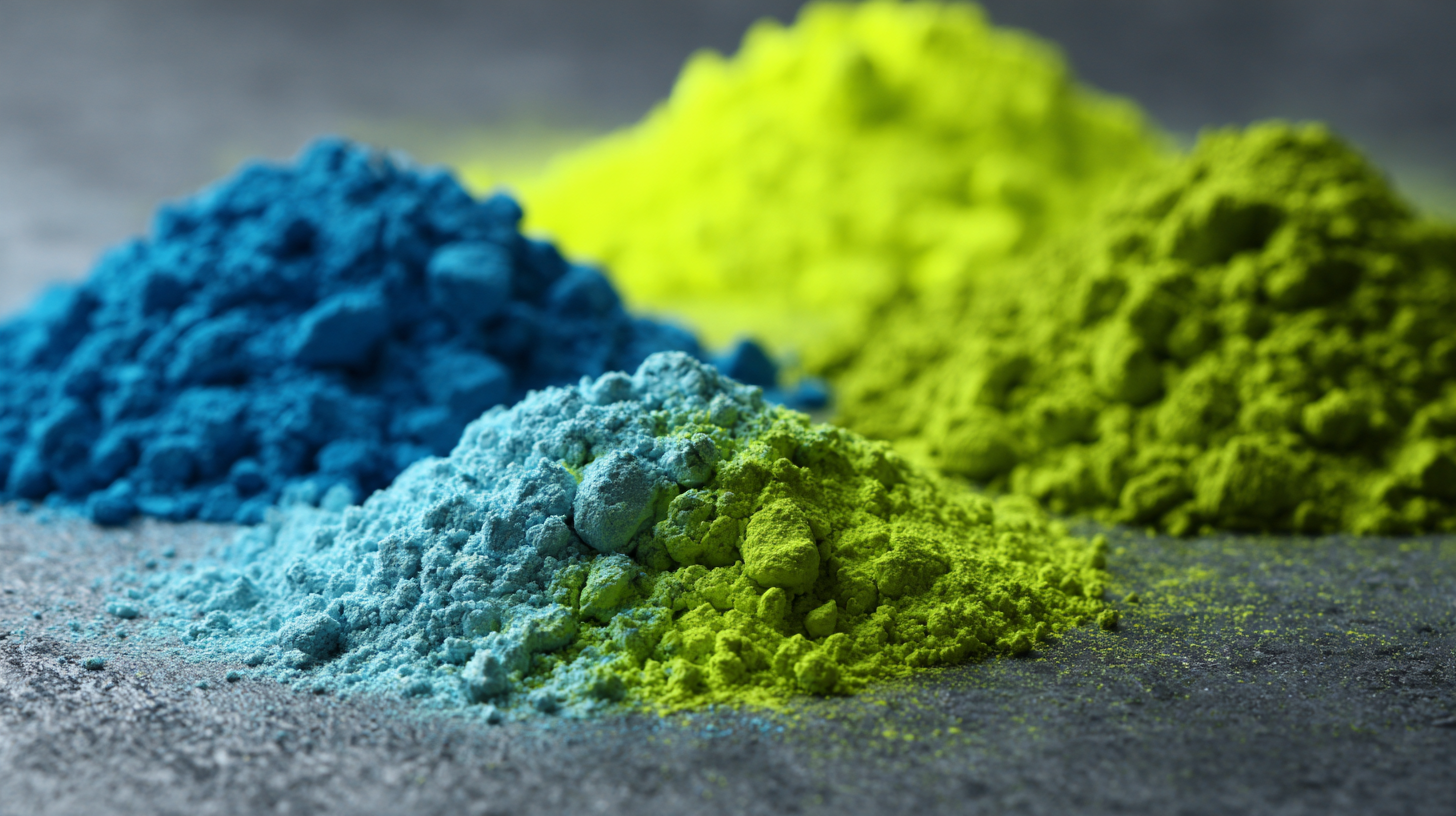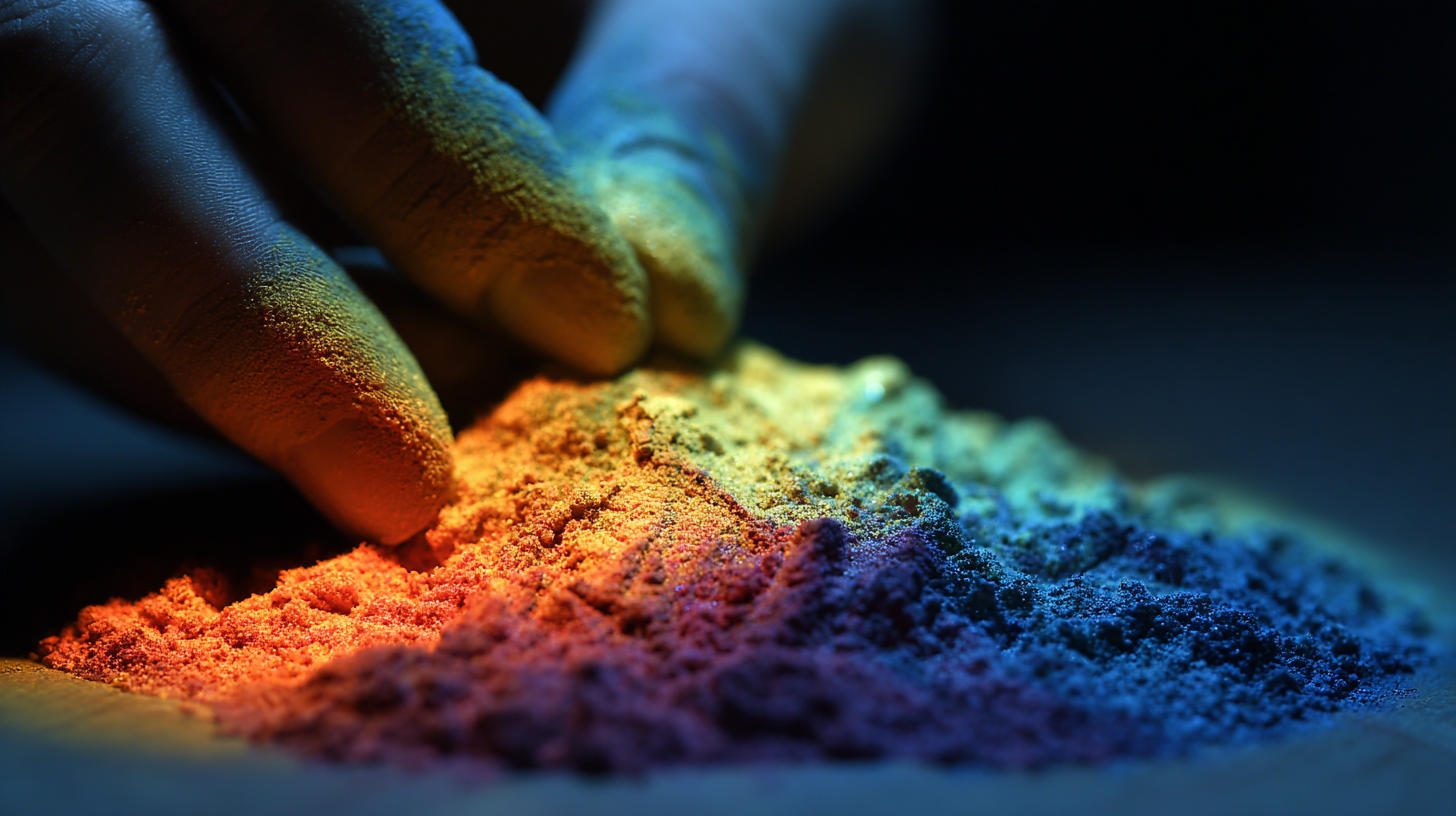In the increasingly interconnected world of commerce, the significance of trade certifications cannot be overstated, especially for specialized products like fluorescent powder. This comprehensive guide aims to illuminate the critical aspects of import-export certifications, providing both seasoned traders and newcomers with the tools needed to navigate the complexities of global trade. As fluorescent powder gains traction in various industries, understanding the regulatory landscape becomes essential for ensuring compliance and maximizing opportunities. From quality assurance to safety standards, this tutorial will delve into the essential certifications that facilitate the smooth movement of fluorescent powder across borders. Whether you're looking to enhance your business's competitiveness or simply seeking to understand the intricacies of international trade, this ultimate guide is designed to unlock the potential that fluorescent powder holds in the global market.

When engaging in global trade, particularly with niche products like fluorescent powder, understanding the significance of import-export certifications is paramount. These certifications serve as a guarantee that the product meets specific safety, quality, and regulatory standards required by different countries. For fluorescent powder, which is used in various applications from lighting to security features, having the right certifications ensures that the product can be marketed without legal hitches and earns the trust of buyers.
Additionally, import-export certifications help companies navigate the complexities of international regulations. Regulations may vary significantly from one country to another, and compliance with these standards not only facilitates smoother transactions but also reduces the risks of customs delays and potential fines. Suppliers who can provide clear certification documentation are more likely to attract buyers who prioritize safety and quality. Therefore, investing time and resources into obtaining the appropriate certifications is essential for anyone looking to succeed in the competitive arena of global trade for fluorescent powder.
| Certification Name | Issuing Authority | Relevance to Fluorescent Powder | Country of Issue | Validity Period |
|---|---|---|---|---|
| ISO 9001 | International Organization for Standardization | Quality Management Systems | Global | 3 Years |
| REACH | European Chemicals Agency | Registration, Evaluation, Authorisation and Restriction of Chemicals | European Union | Ongoing |
| MSDS | Various (Local regulations) | Material Safety Data Sheet for safety information | Global | Renewed Annually |
| ISO 14001 | International Organization for Standardization | Environmental Management Systems | Global | 3 Years |
| CE Marking | European Commission | Conformity to health, safety, and environmental protection standards | European Union | Valid until revoked |
When engaging in the import-export business of fluorescent powder, understanding the key certifications required is crucial to ensure compliance with international trade regulations. One of the primary certifications is the Material Safety Data Sheet (MSDS), which provides essential information about the handling, storage, and transport of the product. It serves as a guide for manufacturers, suppliers, and users to mitigate potential hazards associated with fluorescent powder, thereby fostering safer trade practices.

Additionally, certifications from recognized quality assurance organizations, such as ISO 9001, play a vital role in enhancing the credibility of the product. This certification ensures that manufacturers meet international standards for quality management systems, thereby reassuring customers about the reliability and safety of the fluorescent powder. Furthermore, compliance with local regulations regarding chemical substances is necessary, including obtaining certificates that confirm that the product does not contain any banned substances. These certifications not only facilitate smoother customs clearance but also help build trust between trade partners in the global marketplace.
In the competitive arena of global trade, understanding the ins and outs of import-export certifications is crucial, especially for niche products like fluorescent powder. According to a recent industry report by Markets and Markets, the global fluorescent powder market is expected to reach $4.6 billion by 2026, growing at a CAGR of 5.1%. This growth underscores the importance of complying with international trade regulations to tap into lucrative markets.
To obtain import-export certifications, businesses must follow a structured approach. First, companies should conduct a thorough analysis of the target market's regulatory requirements. For instance, the European Union has specific certifications such as REACH and RoHS, which ensure chemicals are safely used and sourced. Next, enterprises should prepare and submit essential documentation, including safety data sheets and compliance declarations, which demonstrate adherence to these regulations. Engaging with consulting firms or trade associations can provide further insights into specific certification processes that vary by region, helping businesses streamline their export operations.
By following these steps, companies can unlock opportunities in the fluorescent powder market and ensure regulatory compliance across borders.
Navigating regulatory compliance in global trade, particularly for fluorescent powders, requires an in-depth understanding of both international standards and environmental concerns surrounding these materials. Recent studies have highlighted the significant environmental impact of fluorescent lamps, emphasizing the presence of hazardous substances such as mercury and rare earth elements (REEs). According to reports from 2010 to 2020, recycling rates for REEs remain concerningly low, with current estimates around 1%, despite an increasing demand driven by sustainability goals and EU energy efficiency mandates.

Moreover, the recent advancements in luminescent technology, such as the development of long-lived luminescent nanoparticles, provide innovative solutions for tracking these materials throughout their lifecycle. These advancements not only facilitate the monitoring of compliance with environmental regulations but also enhance the ability to recycle valuable elements from fluorescent products. As the global market for fluorescent powders continues to expand, stakeholders must prioritize regulatory adherence while promoting efforts to improve recycling techniques and reduce reliance on newly extracted materials, thus paving the way for a more sustainable and compliant trade landscape.
When navigating the fluorescent powder industry, ensuring successful import-export transactions is crucial. One of the best practices for smooth transactions is to familiarize yourself with the specific certification requirements for the countries involved. Different nations have distinct regulations regarding hazardous materials and chemical safety, so acquiring the necessary certifications can prevent delays or fines during the customs clearance process.
Tip: Always keep updated with the latest regulations in both the exporting and importing countries. Participate in industry forums and subscribe to regulatory updates to remain informed. This proactive approach can help mitigate risks and enhance your transaction efficiency.
Another important aspect is building strong relationships with reliable suppliers and partners. Establishing trust and open communication can lead to better negotiation outcomes and a smoother transaction process. Assessing potential partners through their previous transaction history, certifications, and reputation in the market can provide further assurance of their reliability.
Tip: Conduct background checks and consider a trial transaction before committing to larger deals. This step can help identify potential issues early and foster a more effective collaboration in the long term.
